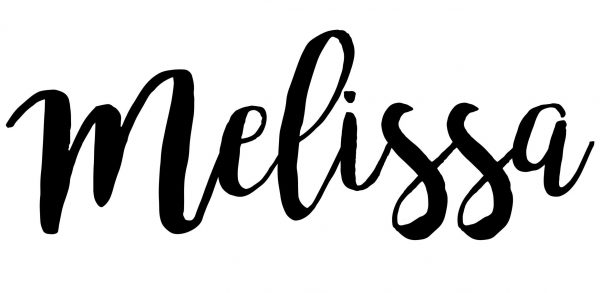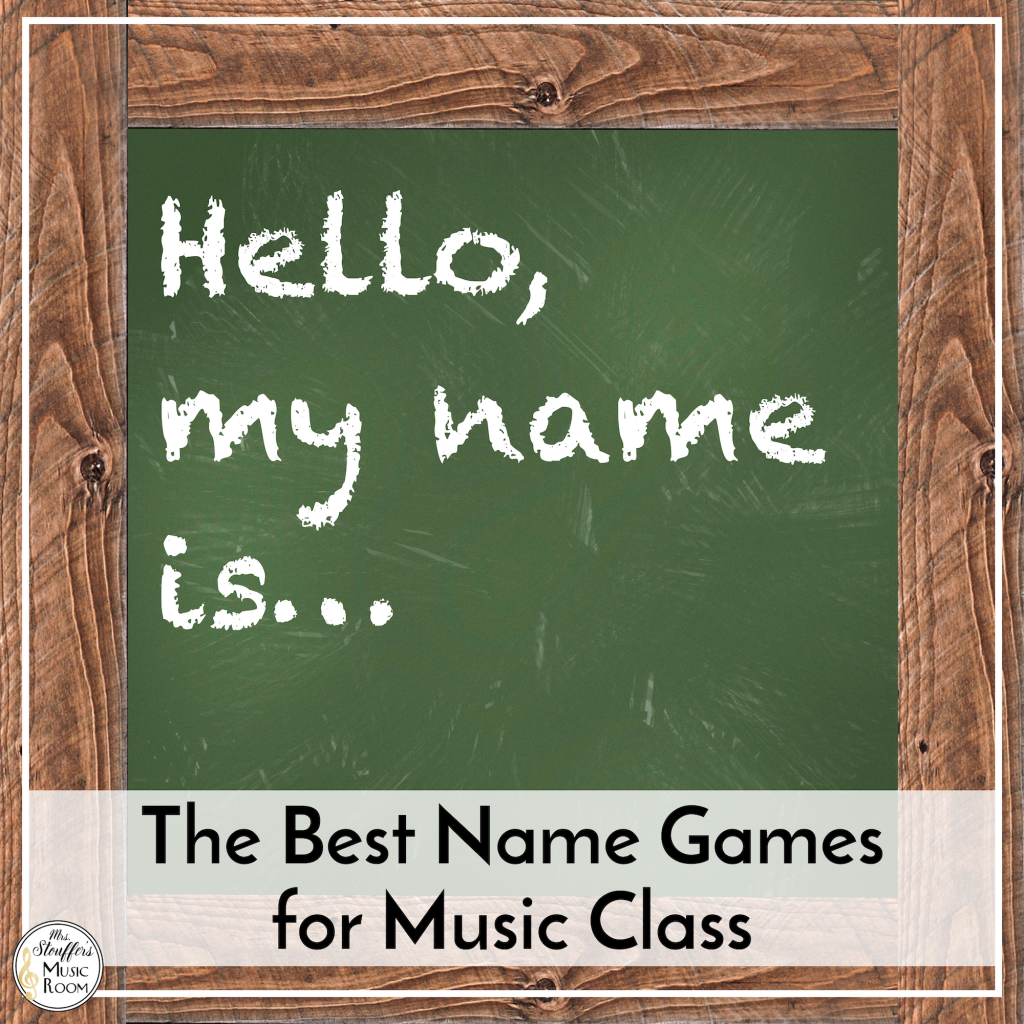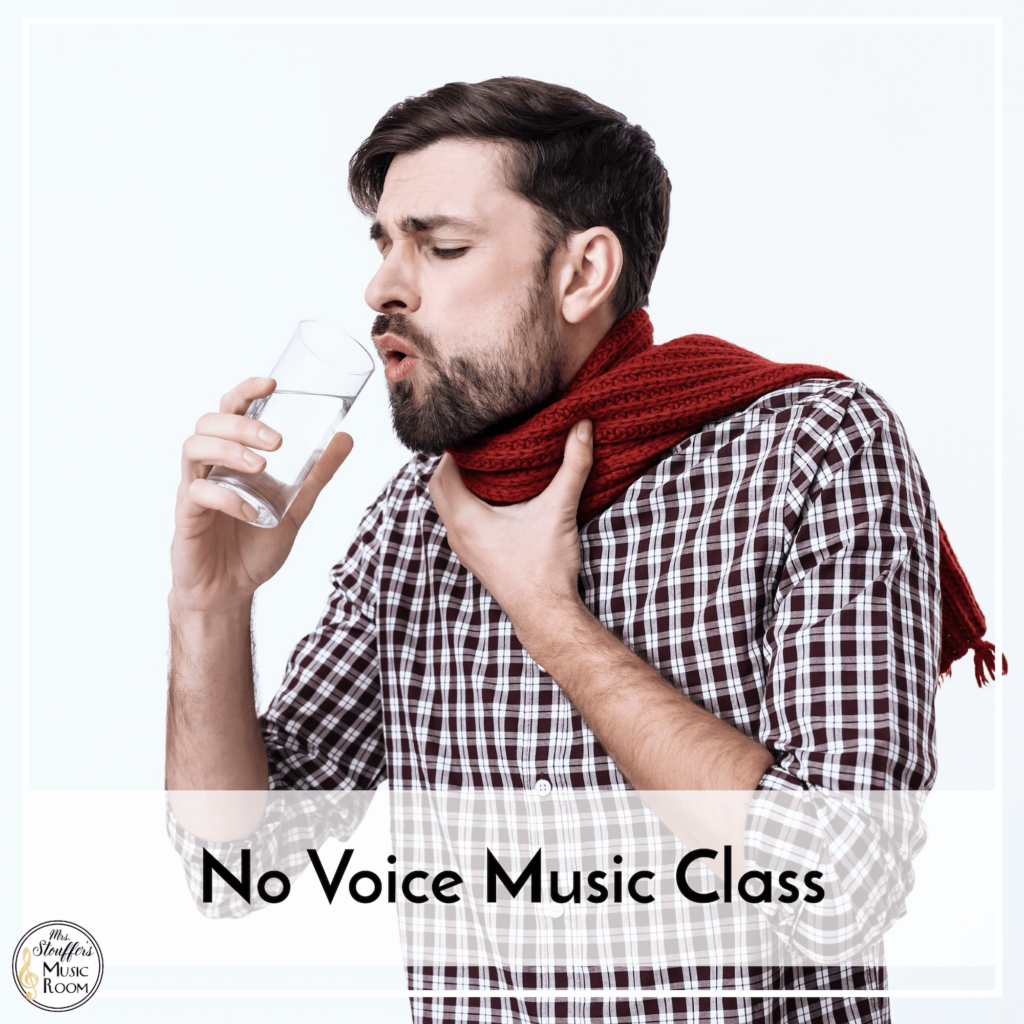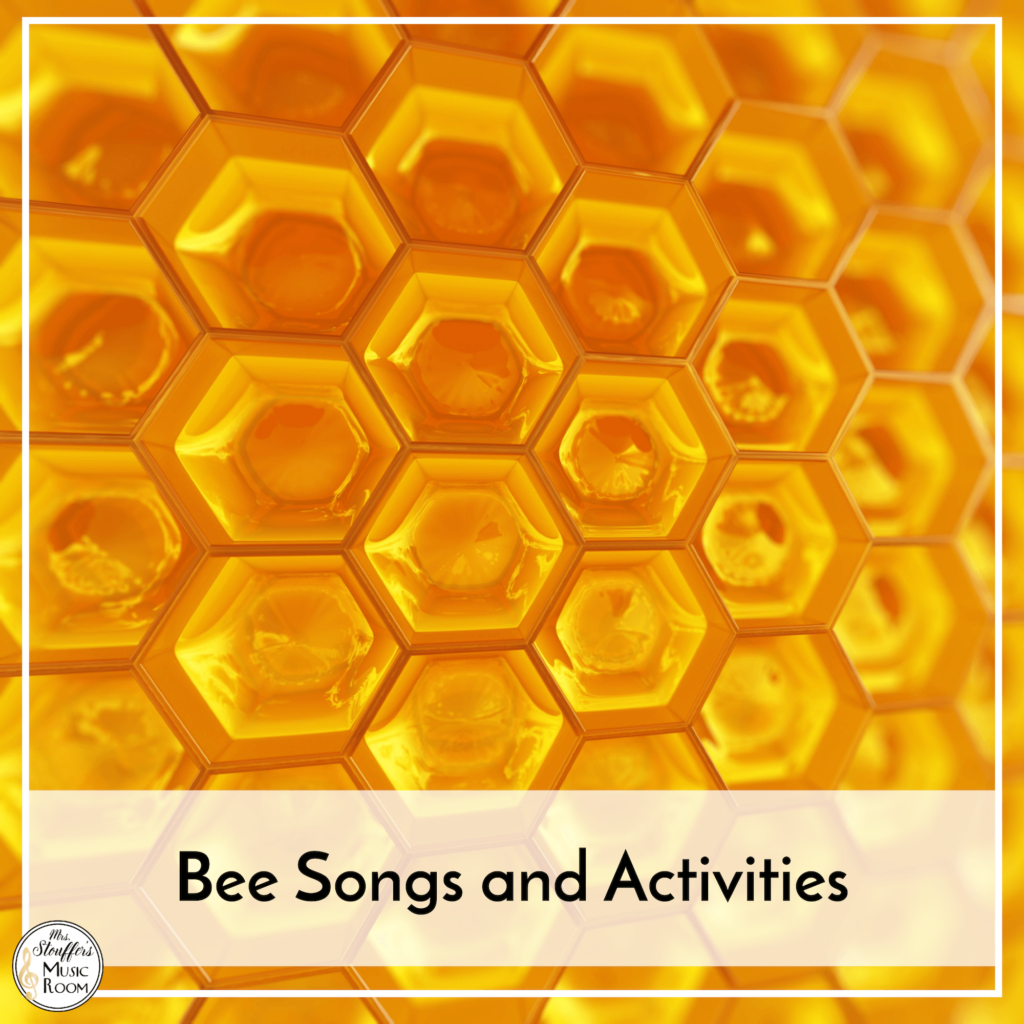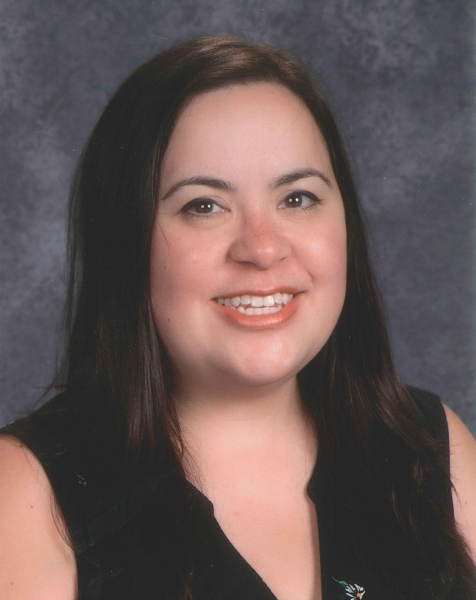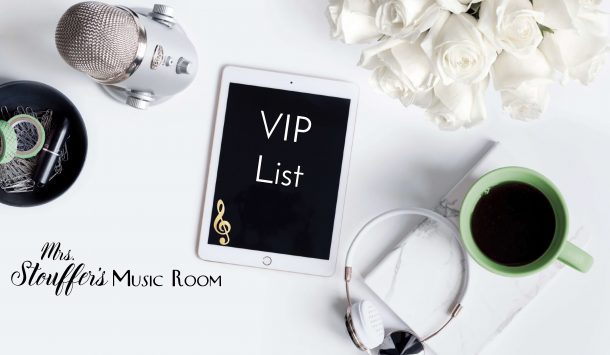I LOVE teaching with no budget. Not.
You heard that right…zip zero zilch. We’re all there or close to there.
Concert music has always been covered…when I was buying stuff for it and not just making stuff up. And this has been the case for the majority of the places where I have taught.
No money for instruments, no budget for music, nothing for PD or conferences, etc.
It doesn’t have to be a nail in the coffin of your program. There are ways to have music classes with little to no budget; you just have to get creative.
I want to help with this guide on how to run a music class with no budget.
The No-Budget Mentality
Can I do other things with the kids if I had XYZ? YES.
But it didn’t mean that I couldn’t make do with the things I did have. This is one of the big reasons that the Kodaly method spoke to me.
I had a couple schools that wanted Orff based programs or at least had some Orff instruments….but not enough instruments, or the time to make it happen. (See: K-2 together once a week for a 40 minute period…)
Anyways…you aren’t here to listen to me gripe about the ins and outs of small school music programs. It happens in big schools too.
Let’s talk about how you get resources for music classes and what to teach.
Music Classes With No Budget – What You Can Teach
- Composing
- Dictation
- Reading patterns – solfege & rhythmic – students can easily work in pairs or groups and write a pattern their friends have to decode.
- Music History – this is SO timely and can easily be done while social distancing. For a longer lesson, the kids can research composers too.
- Borrow a literature book from the library – check this list
- Singing games – in the time of No COVID, passing games usually are pretty easy to find a manipulative for and extremely inexpensive for their usage. (Buttons, stones, pennies…)
- Dancing – a lot of reels, jigs and everything else you need for folk dancing can be found online on YouTube, on Spotify or Apple Music.
- Solfege Reading – Check my solfege series posts for lots of ideas on teaching solfege
- Responding to music – Play music, have the kids draw a picture and write answers to questions about the music. Everything from identifying who the elements of music were used to writing about how the music made them feel or comparing two ensembles with the same piece is a valid way of responding to music.
Where To Get Resources With Little Budget
Crowdsource
If you didn’t know, Donor’s Choose or any of those types of sites are great. (I don’t know about any that let people who work for private schools use them.)
Or you can write a grant or have a fundraiser. A lot of people have success with this. My friend Jen Bailey from SingtoKids is a champion at this and I would totally go check out her post on Finding Funds.
Free Stuff
There are lots of people who will put free things on their blog or TpT, and YouTube is full of awesome videos like Musication that can be used in the music classroom.
Remember that not all free things are created equal. There is some stuff that is just word docs of ideas, dated, or just doesn’t fit your teaching style. Plan ahead.
Don’t want for the last minute to sift through the internet to find something to work on major scales. You might need to make something to supplement.
Here are some AMAZING resources to find songs you can use in the classroom:
- Kodaly.hnu.edu – Folk songs already analyzed for you by the amazing grad students at Holy Names.
- Beth’s Music Notes – She posts all the songs free for everyone to see. You can easily sort the page and it’s a great way to find songs for specific concepts.
- Mamalisa – Find ALL the songs. Usually doesn’t have notation but gives you a place to start, often times with audio or video links.
- Smithsonian Folk Ways
- Singing Games for Children
- My friend, Zach, also did a review of where to find Kodaly folk songs and has a lot of sheet music on his site as well.
Make it
Can’t find it make it.
Something I used to do was make a video talking the kids through a concept. I would hold my phone over a piece of paper while I wrote on it.
Then they would get a hand drawn worksheet or staff paper and have instructions with what they would have to do. (This is not a great solution for younger kids). But you can make worksheets for younger kids, use rhythm cards, popsicle sticks and other inexpensive manipulatives.
If you had a budget of $20 of your own money and NOTHING else, buy popsicle sticks, bingo chips, and a giant skein of cheap yarn. Yarn makes great staff lines.
Popsicle sticks can represent rhythm elements, but bingo chips can be used as ‘icon’ notation for even more complicated rhythms when you put them on something that represents the beat.
Click here for a free printable of 2 or 3 hearts on a page so you can print them to use with bingo chips or popsicle sticks. Combine pages for 4!
If you want to read more about manipulatives, check out this blog post. There is also a free download to create solfege texting sticks in this post, so definitely go grab those!
Composing
Composing is something kids can do without lots of fancy things. Use boomwhackers, body percussion, solfege or whatever instruments you have. If they have some possible tech, they can use Paint Composer or Chrome Music Maker to make patterns.
Make Instruments
Don’t have a lot of instruments? Make some!
Most parents are willing to help out with materials so kids can make their own:
- Egg shakers
- Ocean drums – Pinterest tutorial
- Rhythm sticks
- Hand Drums
- If you are feeling really creative, glass xylophones. Have the kids tune it and mark where the water goes in each container and then fill it up every week. This sort of creation of instruments lesson easily includes the science of sound.
- And there are more possibilities. Check out my Music Class Make It Pinterest Board. No one is going to begrudge you asking for materials.
Inexpensive or Free Tools
Some tools are great to help you make things for your classroom. Tools I’ve used for years (even before I was on TpT) include:
- Noteflight – cloud based notation software that is a small fee a month but you get unlimited scores. I got sick of arranging band music by hand and paid for this myself so I could give better looking scores to my kids (and myself!!)
- MuseScore – downloadable free notation software.
- Keynote – if you are making something for your kids, presentation software like Keynote, Powerpoint and Slides are much more useable for this sort of creation compared to Pages, Word, and Docs.
- Clip Art – There are lots of places you can find free clip art to make cute things online. Check out this lovely site from a mom turned clip artist who makes things just for teachers. Some of her stuff may look familiar because she sells more refined graphics for TpT sellers.
The biggest thing you need to know
You can still have an impact.
Your kids will still love your class.
You can still be amazing.
You can do it.
I hope these ideas for how to run music class with no budget helped you get inspired and make great experiences for your students.


